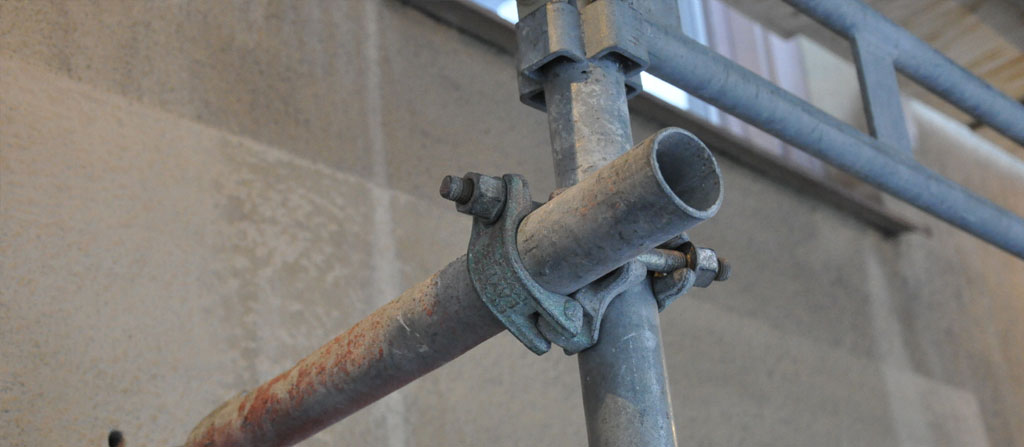How is the scaffolding anchored or secured to prevent tipping or collapse?
The stability of scaffolding is paramount to the safety of construction sites, requiring meticulous attention to how it is anchored and secured. Preventing tipping and collapse not only safeguards workers but also protects passersby and adjacent structures. Here’s a comprehensive guide to the methods and practices employed to secure scaffolding.

Foundational Stability
- Solid Grounding: The foundation or base upon which scaffolding is erected must be solid, level, and capable of supporting the load. Use base plates and mudsills where necessary to distribute weight evenly and prevent sinking or shifting.
- Adjustable Base Jacks: For uneven terrain, adjustable base jacks can be used to level the scaffolding, ensuring that the structure remains vertical and stable.
Anchoring Techniques
- Tie-ins: Scaffolding should be tied to the building or structure at specified intervals to provide lateral support. The frequency and method of tie-ins are determined based on the height of the scaffolding, the load it carries, and environmental factors such as wind.
- Anchor Points: Secure anchor points must be identified on the structure to which the scaffolding will be tied. These points must be strong enough to resist the forces exerted by the scaffolding.
Bracing for Stability
- Cross Bracing: Cross bracing involves installing diagonal braces across scaffold frames, significantly enhancing the rigidity and lateral stability of the structure.
- Plan Bracing: Plan bracing, or ledger bracing, provides additional stability by connecting scaffold lifts horizontally, distributing forces more evenly across the structure.
Load Management
- Even Distribution: Ensure that loads, including workers, materials, and tools, are evenly distributed across the scaffolding platform to prevent uneven weight distribution that could lead to tipping.
- Adherence to Load Capacities: Never exceed the recommended load capacities for scaffolding. Overloading is a primary cause of scaffold failure.
Regular Inspections and Maintenance
- Pre-use Checks: Conduct thorough inspections of the scaffolding before use to ensure all components are in good condition and properly assembled.
- Ongoing Monitoring: Regularly inspect scaffolding throughout the project to identify and rectify any issues that could compromise stability, such as loose fittings or damaged components.
Weather Considerations
- Wind Load: In areas prone to high winds, additional measures such as wind clips and stronger tie-ins may be necessary to secure scaffolding against wind forces.
- Weather-Related Inspections: After adverse weather conditions, such as storms or heavy rain, perform additional inspections to ensure the scaffolding’s stability has not been compromised.
In Conclusion
Securing scaffolding to prevent tipping and collapse involves a combination of solid foundation practices, effective anchoring and bracing, careful load management, and regular inspections. By adhering to these principles, construction sites can maintain a safe working environment, protecting all those involved in or around scaffolding operations.
